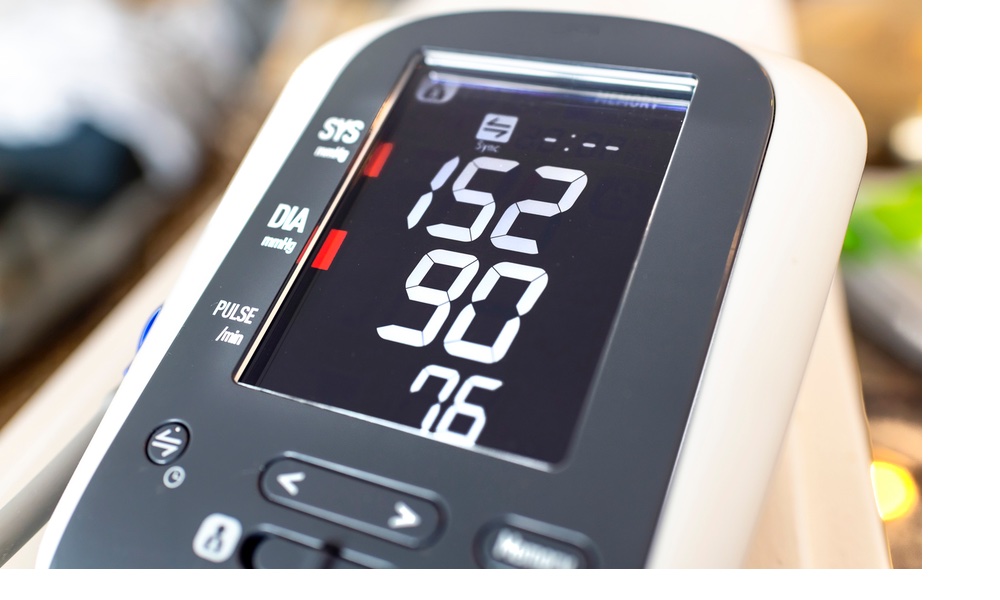Over the last few decades, the global market for ready-to-eat infant and toddler foods has grown significantly. To make sure foods for young children contain adequate nutrition and are marketed appropriately to consumers, the World Health Organization published a nutrient and promotion profile model or NPPM in 2022.
No similar guidelines are in place in the U.S., and few studies have compared the nutritional content and labeling of infant and toddler foods available in the U.S. to the WHO standards. A team led by researchers at The George Institute for Global Health in Australia recently contrasted the nutritional content and labeling of 651 foods sold in the U.S. to the NPPM guidelines. They found almost 60 percent of these foods did not meet nutritional standards and none met the promotional standards.
The findings highlight an urgent need for better regulation and guidelines for infant and toddler foods in the U.S., Elizabeth Dunford, a coauthor on the study, said. “The health of future generations depends on implementing better regulations and guidelines for these foods.”Parents often turn to prepackaged convenience foods when they are short on time.
These foods may not be as nutritious as they think. “Time-poor parents are unaware that many of these products lack key nutrients needed for their child's development and are tricked into believing they are healthier than they really are,” said Dunford, a research fellow at The George Institute and an adjunct professor at the University of North Carolina.
More than 70 percent of the foods analyzed did not contain the recommended amount of protein and 44 percent contained more than the recommended amount of sugar. In addition, 25 percent of foods did not provide the recommended number of calories and 20 percent contained more sodium than recommended in the NPPM.
The researchers found that foods packaged in pouches were the fastest growing sector of the market. Sales of food pouches increased more than 900 percent over the last 13 years compared to other types of foods. Pouches are also one of the unhealthiest types of food available, with less than seven percent containing the recommended amount of sugar.
Strategies used to market these foods may mislead parents. More than 99 percent of the foods tested made at least one nutritional claim on the package that was prohibited by the NPPM. Some foods made up to 11 prohibited claims.
These claims create a so-called health halo around these foods, and parents think they are the healthiest choice for children. “The lack of regulation in this area leaves the door wide open for the food industry to deceive busy parents,” Daisy Coyle, corresponding author on the study, said in a statement.
Coyle, a dietician and research fellow at The George Institute, pointed out that this health halo effect was also seen in the names of products, 73 percent of which did not reflect the ingredients on the ingredient list. For example, snacks and finger foods often had fruits or vegetables in the name despite being made mostly from starches.Pouches were one of the unhealthiest types of food available, however, with less than seven percent containing the recommended amount of sugar.
The researchers cited a lack of sales data for each product as a limitation of their study. They could not determine if consumers were buying more foods that did not meet NPPM standards. The researchers said future studies could link their current data with sales data to help them better understand what types of foods parents really buy.





